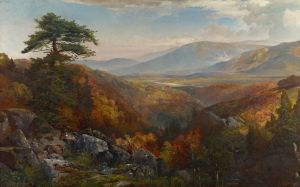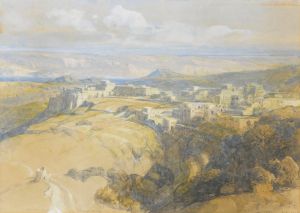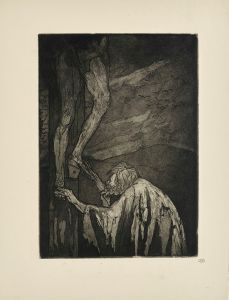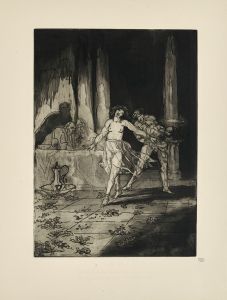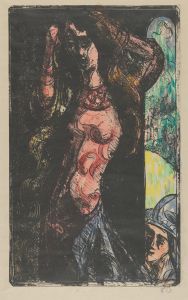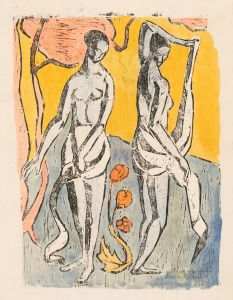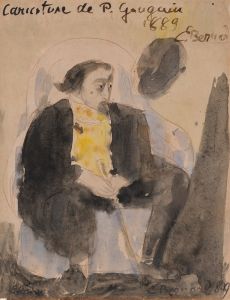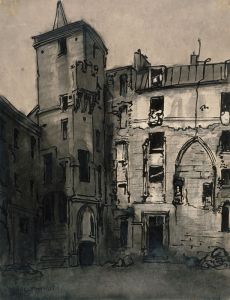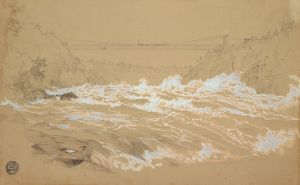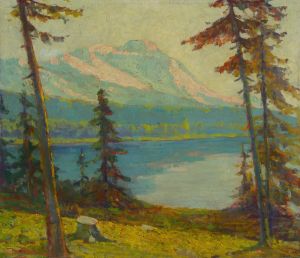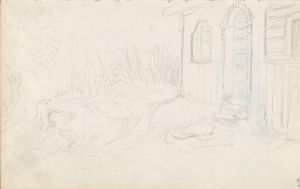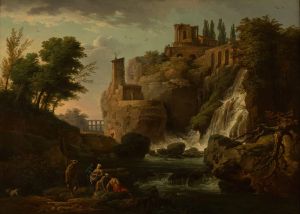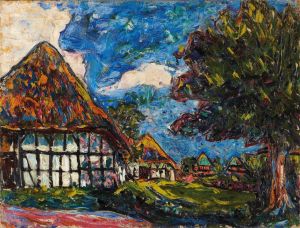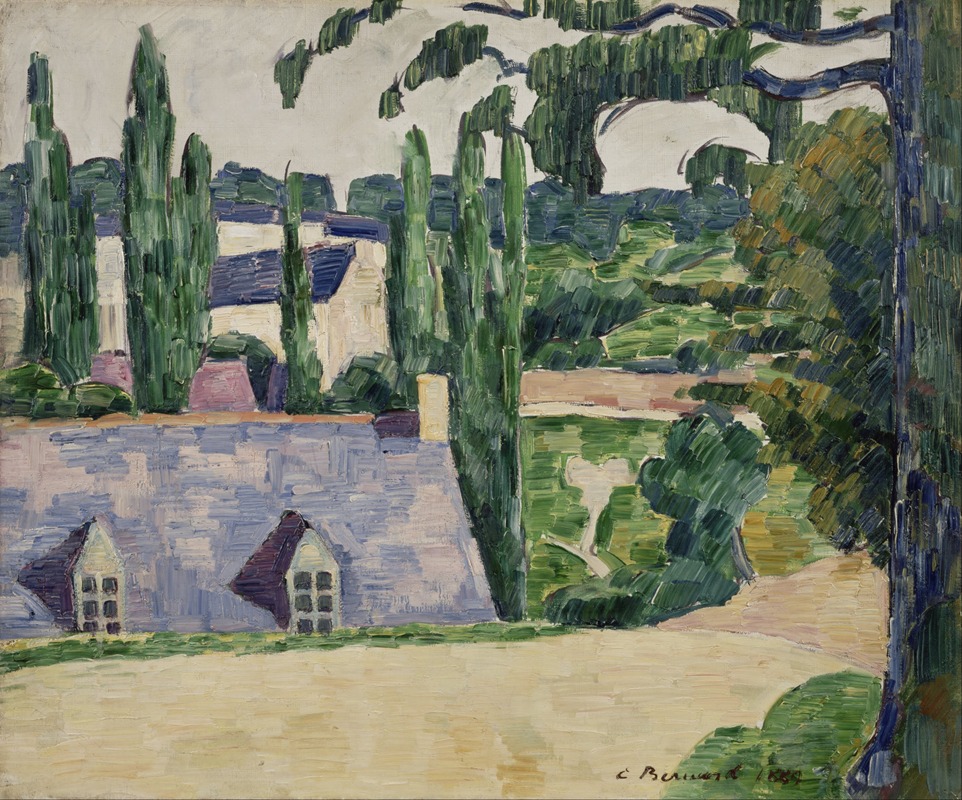
Landscape at Pont-Aven
A hand-painted replica of Emile Bernard’s masterpiece Landscape at Pont-Aven, meticulously crafted by professional artists to capture the true essence of the original. Each piece is created with museum-quality canvas and rare mineral pigments, carefully painted by experienced artists with delicate brushstrokes and rich, layered colors to perfectly recreate the texture of the original artwork. Unlike machine-printed reproductions, this hand-painted version brings the painting to life, infused with the artist’s emotions and skill in every stroke. Whether for personal collection or home decoration, it instantly elevates the artistic atmosphere of any space.
"Landscape at Pont-Aven" is a notable painting by the French artist Émile Bernard, created in 1888. Bernard was a key figure in the Post-Impressionist movement and played a significant role in the development of Symbolism and Synthetism in art. His work often explored themes of rural life and the natural world, and "Landscape at Pont-Aven" is a quintessential example of his style during this period.
The painting was created during Bernard's time in Pont-Aven, a small village in Brittany, France, which was a popular destination for artists seeking inspiration from its picturesque landscapes and traditional Breton culture. Pont-Aven became a hub for artists, most notably Paul Gauguin, who, along with Bernard, formed the Pont-Aven School. This group of artists was instrumental in moving away from the Impressionist focus on light and color to a more symbolic and abstract representation of subjects.
"Landscape at Pont-Aven" exemplifies Bernard's innovative approach to painting. He employed a technique known as cloisonnism, characterized by bold outlines and flat areas of color, reminiscent of stained glass or cloisonné enamel work. This method was a departure from the more naturalistic styles of the time and emphasized the decorative and symbolic potential of art. Bernard's use of simplified forms and vibrant colors in this painting reflects his interest in capturing the essence of the landscape rather than a detailed, realistic portrayal.
The composition of "Landscape at Pont-Aven" is marked by its structured arrangement and harmonious balance. Bernard's choice of colors is both vivid and expressive, with a palette that includes rich greens, blues, and earthy tones. The painting depicts the rolling hills and lush vegetation typical of the Breton countryside, with a focus on the interplay between natural elements and the human presence within the landscape. The scene is tranquil yet dynamic, capturing the timeless beauty of the region.
Bernard's work in Pont-Aven, including "Landscape at Pont-Aven," had a profound influence on his contemporaries and the future direction of modern art. His collaboration and exchanges with Gauguin and other artists in the area led to the development of new artistic ideas and techniques that would shape the course of Post-Impressionism and beyond. Bernard's emphasis on symbolism and abstraction paved the way for future movements such as Fauvism and Cubism.
Today, "Landscape at Pont-Aven" is celebrated for its innovative style and its contribution to the evolution of modern art. It remains an important example of Bernard's artistic vision and his ability to capture the spirit of a place through his unique approach to color and form. The painting is a testament to the creative energy and collaborative spirit that defined the Pont-Aven School and continues to inspire artists and art enthusiasts around the world.





